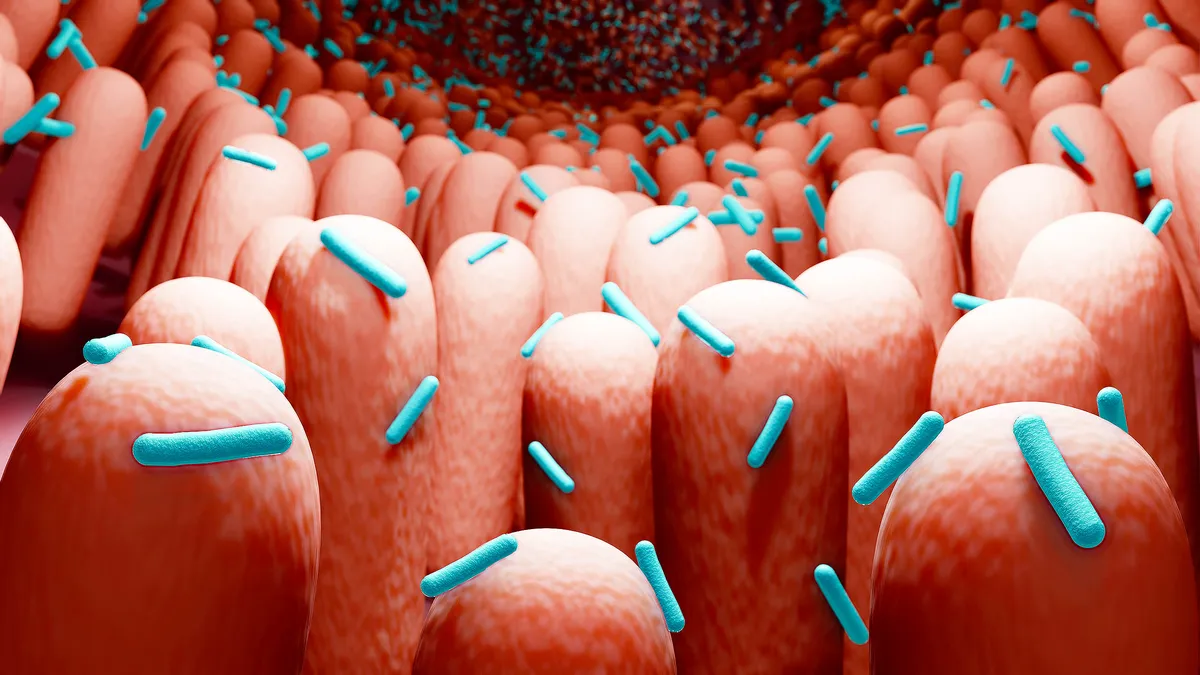
Humans host a vibrant community of microbes known as the microbiome, which plays a crucial role in managing daily life. This intricate system is responsible for breaking down food, training the immune system, and competing against harmful germs. Recent scientific research has uncovered something unexpected within these communities: tiny circular RNAs that do not correspond to any known viruses or bacteria. These novel RNAs are primarily found in human-associated samples, particularly from the mouth, and exhibit unique characteristics that distinguish them from other biological entities within the human body.
The research team has introduced a new category of RNA, referred to as RNA obelisks. These small loops of RNA are approximately a thousand genetic “letters” long. Their predicted folding structure resembles a long, rod-like shape, with repeated base-pairing along their length. While this configuration bears some similarity to certain plant pathogens known as viroids, it is not a perfect match. Unlike traditional plant viroids, some obelisks contain sections of RNA that seem to encode proteins, which the researchers have affectionately dubbed “Oblins.” This unique combination of circular RNA, rod-like shape, and potential protein-coding capability sets RNA obelisks apart from established categories of biological entities.
The research team utilized metatranscriptomic data—comprising pooled RNA from entire microbial communities—to identify these RNA obelisks. Their specialized software screened for two key characteristics of circular RNAs: the distinctive overlap where the end meets the beginning, and a predicted rod-shaped hairpin from RNA folding models. By applying stringent filters and requiring both signals, the researchers successfully identified a robust set of candidates from tens of thousands of initial hits. This discovery method highlights the potential of algorithms as powerful tools in biological research, allowing unfamiliar RNAs to emerge from the noise when the search parameters are defined by biochemistry.
The signals indicative of RNA obelisks were present in various human-associated datasets, with the mouth emerging as the standout location. Oral RNA samples exhibited obelisks in a significant number of cases, whereas fewer matches were identified in gut samples. Notably, in one individual, the oral samples displayed consistent obelisk signatures over several months, suggesting stable colonization rather than random fragments passing through. This observation implies that the oral microbiome may provide the ideal environment for these RNAs to thrive, influenced by saliva, biofilms on teeth, and the diverse array of common oral bacteria.
Some RNA obelisks contain a short sequence motif known as a hammerhead ribozyme, which is a type of RNA capable of catalyzing chemical reactions independently of proteins. Hammerhead ribozymes can cleave and rejoin RNA strands, which aligns with a potential replication cycle for circular molecules. While not every obelisk carries this motif, its presence in several examples suggests that at least some members of this group may possess self-processing capabilities. This finding shifts our understanding from viewing these as mere “weird pieces of RNA” to recognizing them as evolved mechanisms that have adapted to survive and replicate.
Data analyses indicate that common oral bacteria are likely hosts for RNA obelisks. A notable example is Streptococcus sanguinis, a prevalent oral species. Researchers discovered a specific obelisk at elevated levels within the bacterial RNA but found no corresponding DNA in the bacterium's genome. This discrepancy supports the notion that the obelisk exists as a separate RNA entity replicating alongside the bacterium, rather than being a gene encoded within its chromosome. Interestingly, in laboratory cultures, the bacterium thrived without any apparent issues in the absence of the obelisk, suggesting that while the obelisk is not essential for basic survival, its ongoing presence in natural samples indicates an underlying biological relationship.
The discovery of RNA obelisks challenges traditional biological classifications. They share characteristics with viroids—such as size and folding—but sometimes have the ability to encode proteins. Furthermore, these obelisks are found in human-associated microbial communities rather than solely in plants. Their persistence and the presence of motifs indicating self-processing replication broaden our understanding of what constitutes a genetic entity. This discovery invites us to reconsider how microbial ecology operates, as RNA obelisks may introduce complex interactions, such as competition for enzymes, alterations in gene transcription, or modifications to stress responses among bacteria.
Currently, there is no evidence suggesting that RNA obelisks are pathogenic in humans. Instead, they represent a newly acknowledged layer of complexity within the microbiome. Their role could range from subtly influencing bacterial behavior to coexisting with minimal impact. Future experiments can explore these possibilities by cultivating host microbes with and without their obelisks, observing replication under controlled conditions, mapping the functions of any encoded Oblin proteins, and measuring changes in growth, metabolism, or interactions with neighboring microbes. These investigations will help connect the sequence features of obelisks to real-world biological outcomes.
The sequencing of genetic material from diverse environments, including oceans, soils, and the human body, continues to reveal patterns that challenge existing biological categories. The identification of RNA obelisks underscores the importance of building search parameters based on fundamental principles, such as circular assembly signatures and stable RNA folds. By refining our techniques and expanding our search criteria, we increase the likelihood of uncovering biological entities that defy traditional boundaries. The full study detailing these findings was published in the journal Cell.
—– Like what you read? Subscribe to our newsletter for engaging articles, exclusive content, and the latest updates. Check us out on EarthSnap, a free app brought to you by Eric Ralls and Earth.com. —–